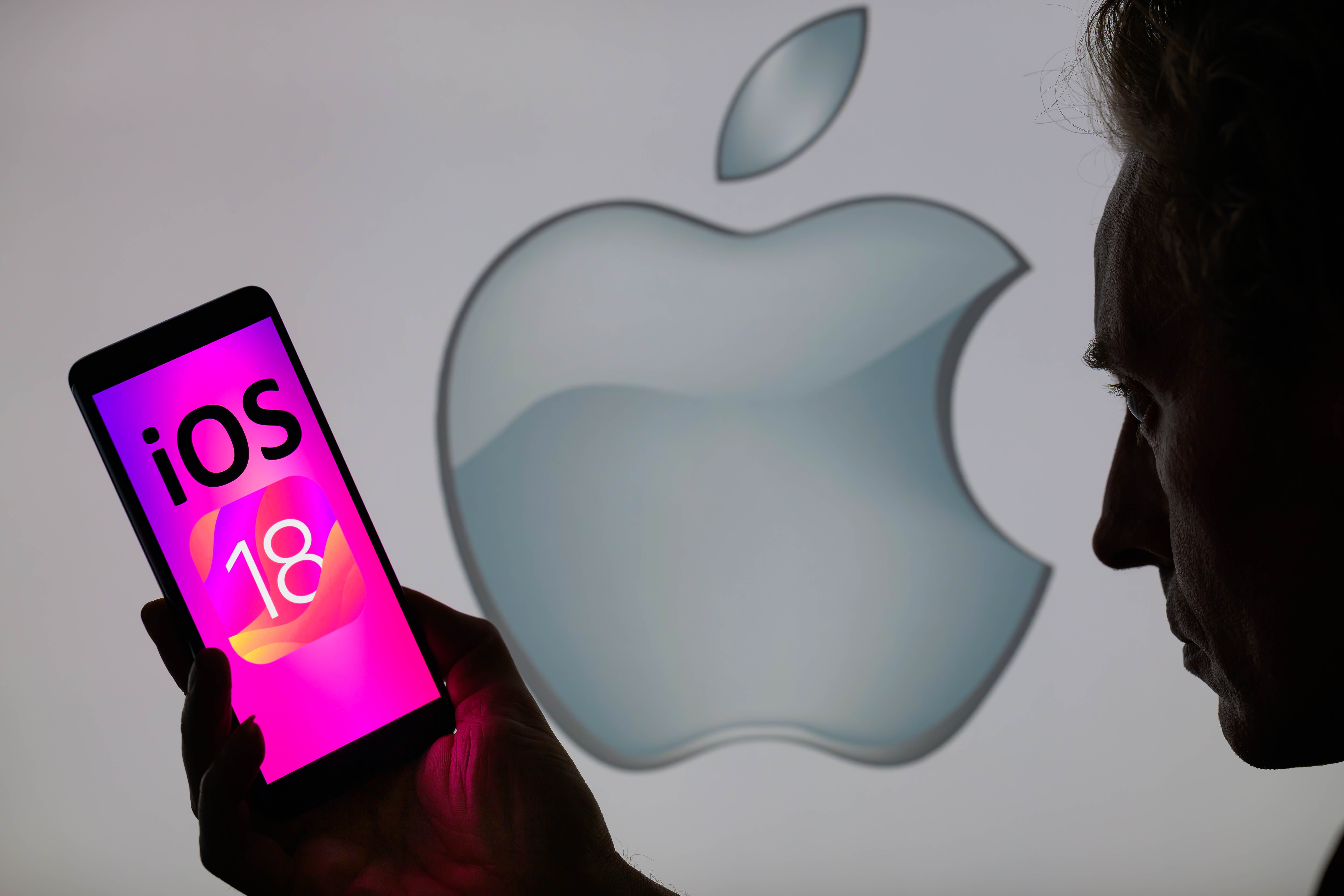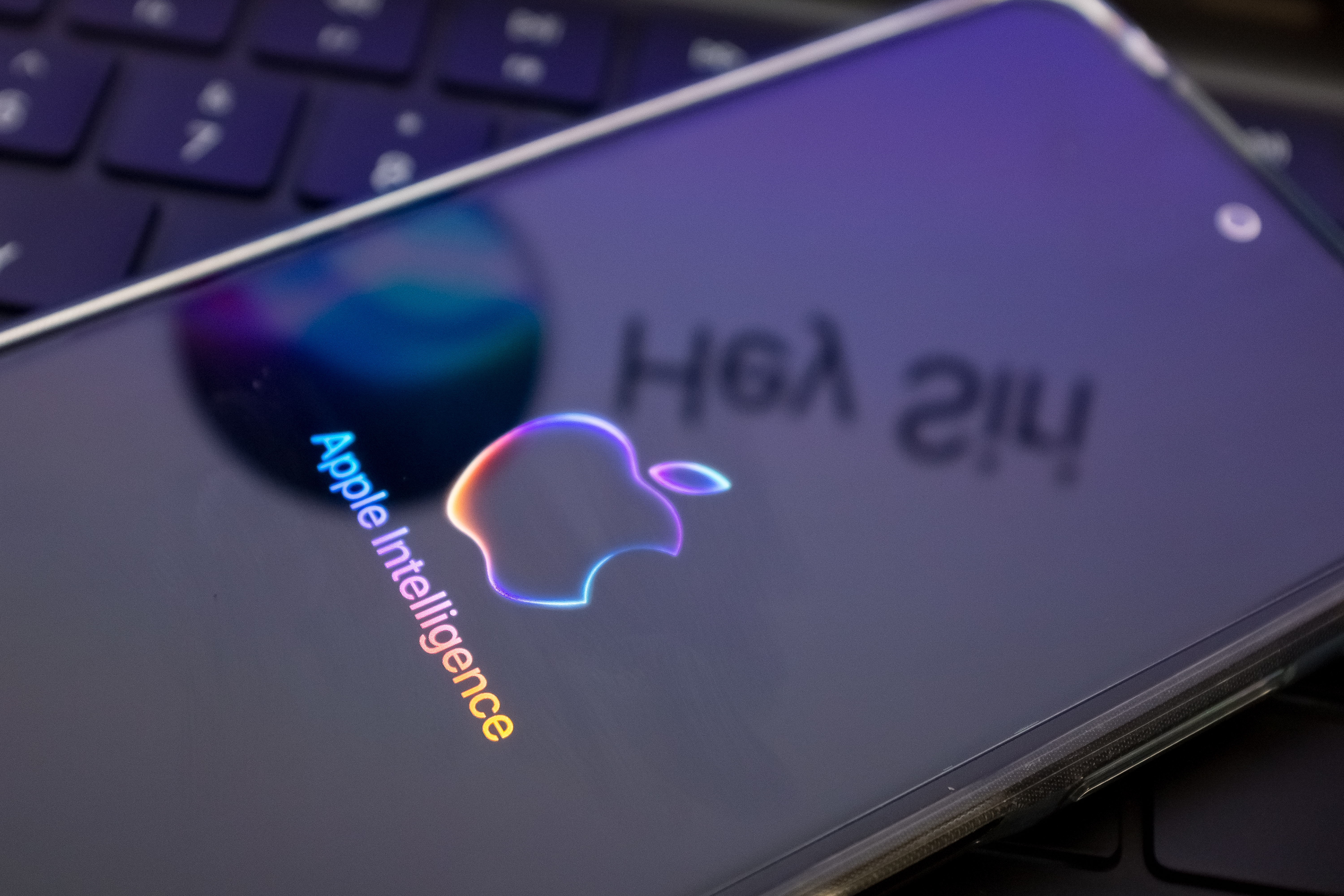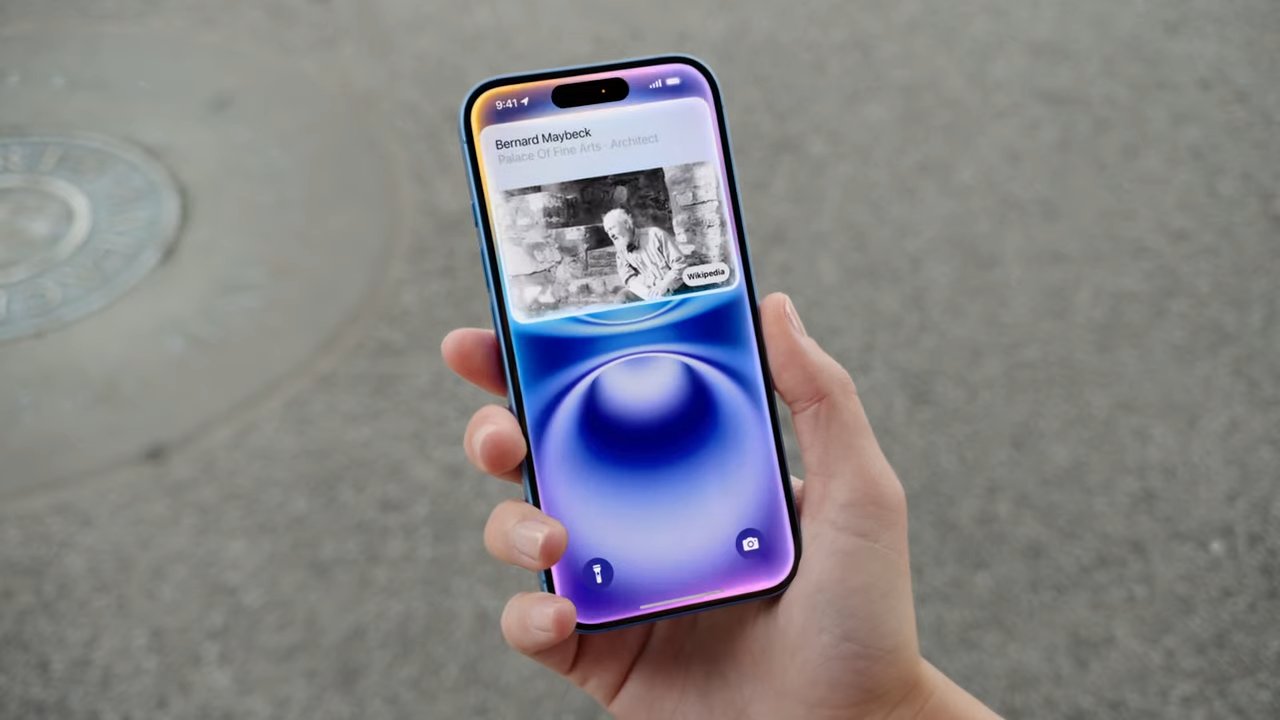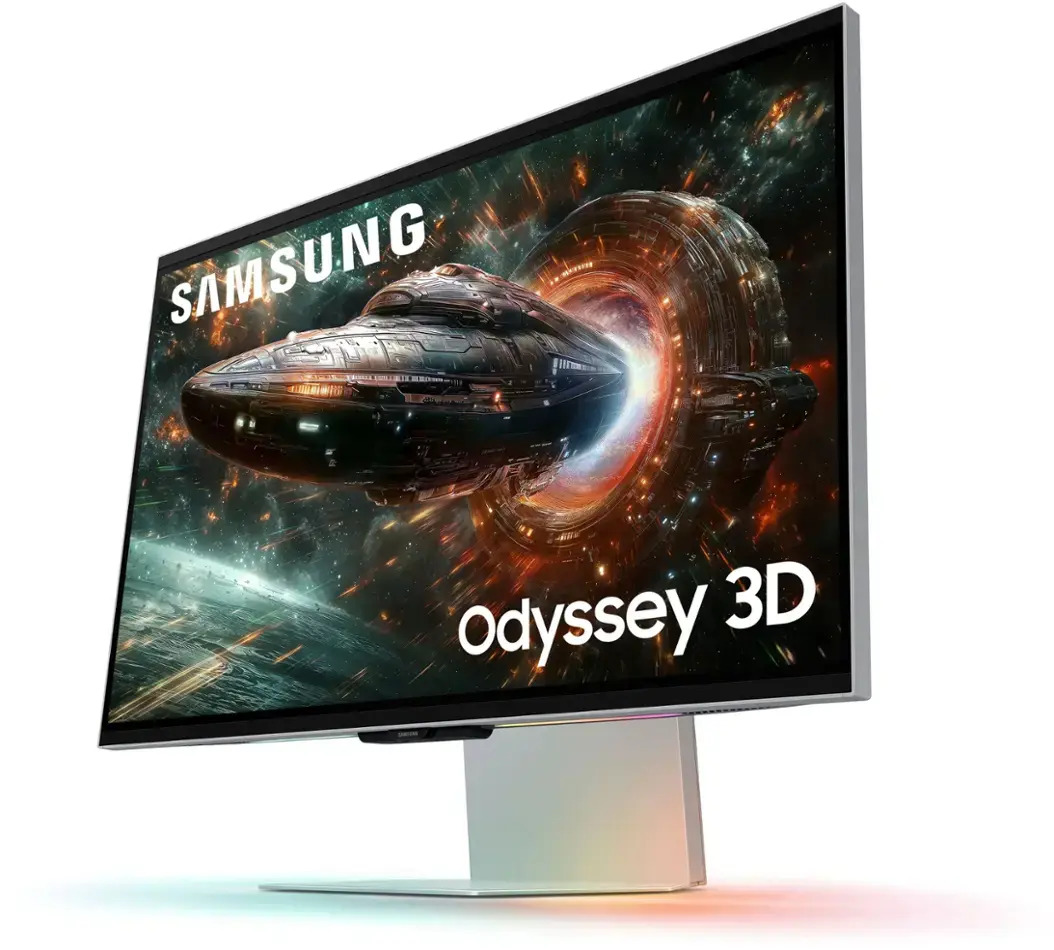Apple Intelligence's big moment is here — and its greatest challenge
AI is the future according to Big Tech, but getting people on board is an entirely different problem

Apple Intelligence's big moment has finally arrived.
On December 11, after months of incremental rollouts, the ChatGPT-centric suite of AI tools finally debuted in full on iPhones and compatible Apple devices. That means if you have an iPhone 15 Pro, 15 Pro Max, or iPhone 16 series, you can generate unique emojis, synopsize messages, and have your device write your emails for you.
For some people, that might be an exciting new development in the world of AI, but for others, it might be one big shrug.
Survey says...
Apple's introduction of generative AI on every new iPhone might be a momentous achievement for Apple, but people using the phones and the new features may be unconvinced.
According to a recent poll from SellCell, a site that sells refurbished gadgets and operates a corresponding blog, 73% of iPhone users reported seeing little to no value in AI features on their phones.
The survey, which canvased 2,000 smartphone users, also found that 87% of Samsung users report the same indifference to AI features.
The survey also gathered insight into which AI features customers are most likely to use. Most respondents used Writing Tools and notification summaries on Apple's end, while Samsung users cite Circle to Search as the most popular feature.
Stay in the know with Laptop Mag
Get our in-depth reviews, helpful tips, great deals, and the biggest news stories delivered to your inbox.

If I were to put my thinking cap on and connect the dots, the theme here is that people want AI to make things easier.
That's opposed to more creative generative features like Image Playground that can conjure up emoji or turn illustrations into something more photorealistic.
On the one hand, new features often take time to gain traction. Still, on the other, it highlights a significant disconnect between the emphasis tech companies are placing on AI features in phones and how eager consumers are to actually use them.
That might not make a huge difference for consumers who've gotten by without AI, but the stakes are much higher for companies like Apple and Samsung, who are hinging the future of smartphone software on AI.
A perception problem
The thing about software is that it doesn't stay static. There's a chance that even if features are underwhelming now, they could vastly improve with future updates — maybe even soon.
With that said, first impressions are also important, and as it stands, AI might not be making the impression it needs.
As miraculous as generative AI has been, it's also been unpredictable. LLMs like ChatGPT and Gemini have been prone to "hallucinations," which is AI shorthand for "making stuff up."
In a low-stakes context, that can be easily written off, but when it comes to the big leagues (i.e. a feature that lives inside every new iPhone) that variability might be a much bigger problem.

Imagine a notification summary misinterpreting an emergency text, an important work email, or a rogue image generation prompt creating something unsavory.
On a more banal level, what if the features just don't meet Apple's standards? People with iPhones are used to a certain degree of precision and fluidity, and if Apple Intelligence isn't delivering that, it could affect users' perceptions of Apple products.
When it comes to AI, that perception is already not great. According to a Gallup poll conducted in August this year, Americans still see AI as net neutral for society. An overwhelming 56% of respondents said they believe AI will do equal parts harm and good, while 31% think it will actually do more harm than good.
I have no doubt that Apple (or OpenAI) has the technical prowess to continue to improve AI features, but sometimes the perception matters more than the product.
The way of the Apple Watch
While people may bristle at the idea of AI (in their phones or otherwise), most things — including Apple products — have a way of changing.
Take the Apple Watch, for example. When Apple's now-successful wearable launched in 2015, it was a device in search of a purpose, and rightfully so, people were skeptical of why they might need one. Why buy another smaller screen when you can already get notifications on your phone?
Then health tracking came along — blood oxygen levels, sleep tracking, atrial fibrillation detection — and suddenly, a meandering device was a potential lifesaver.
It's impossible to say for sure today since Apple Intelligence is still brand new, but there may be a similar playbook for their suite of AI features, even if they're not immediately critical. In the meantime, it'll be up to Apple to put in the real work by making features useful, for starters, but also making sure people know they're useful. And that might be easier said than done.
Changing technology is one thing. Changing people's minds? Godspeed to Apple's marketing team.

James is Senior News Editor for Laptop Mag. He previously covered technology at Inverse and Input. He's written about everything from AI, to phones, and electric mobility and likes to make unlistenable rock music with GarageBand in his downtime. Outside of work, you can find him roving New York City on a never-ending quest to find the cheapest dive bar.
